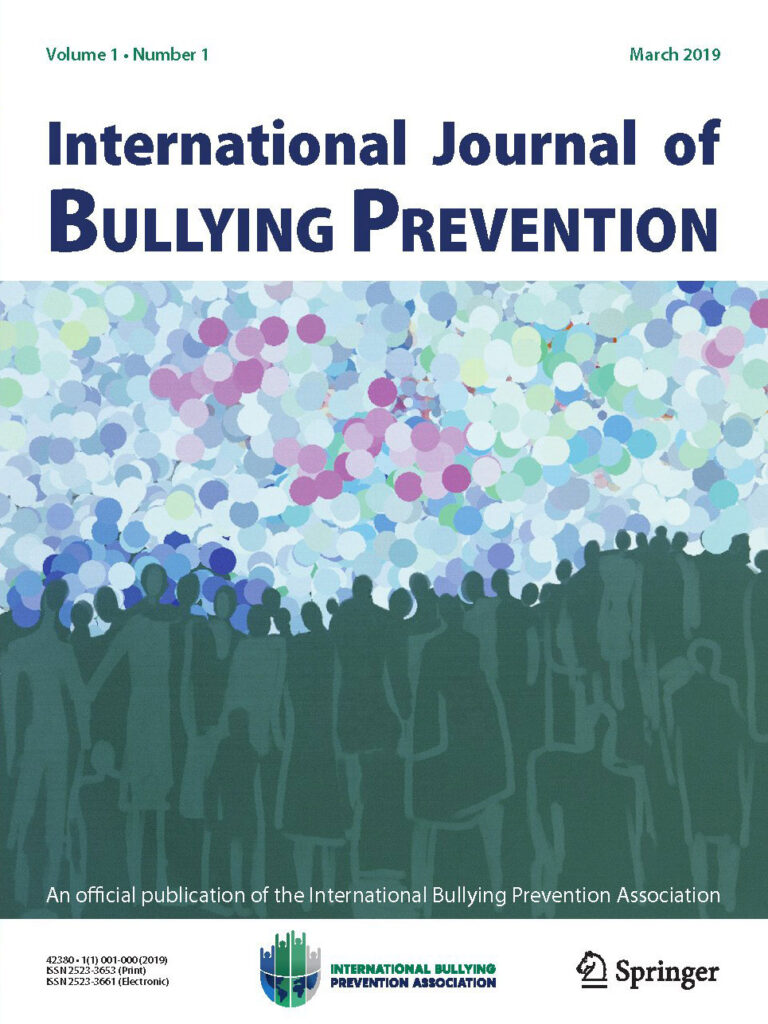Workplace bullying has been increasingly reported amongst a range of commentators as an organizational phenomenon that is on the increase. Narratives and accounts of workplace bullying have appeared from a range of sources that might lead some observers to suggest that bullying is a product of the activities of moral entrepreneurs or is the result of the workplace being perceived as a place of increased risk. This thesis is based on a triangulated pan-Wales study of full and part-time lecturers working in further (FE) and selected higher education (HE) institutions in Wales. The study encompasses unstructured interviews with lecturers who have been bullied; semi-structured interviews with human resource managers and trade union representatives; and a postal questionnaire survey of members of a trade union representing the further and higher education sectors. The study has sought to investigate how lecturers working in FE and HE in Wales have constructed certain behaviours as workplace bullying. By comparing the accounts of victims, ordinary lecturers and key informants such as human resource managers and trade union representatives, we find multiple interpretations and repertoires for bullying in work. For some, bullying is organizational and/or managerial while for others, bullying is the product of individualised conflicts. The lack of direct exposure to accounts of bullying for some participants has resulted in collectivising and shared paradigms, while for others, bullying is perceived as something more akin to school playgrounds. The evidence in this study points to a rejection of bullying at work as a product of moral entrepreneurs and other external labelling sources. Instead, the main finding from this study is that workplace colleagues’ play a central and pivotal role in the social construction processes for workplace bullying. The activities of work colleagues are consistently shown to be at the heart of bullying experiences at work. This is most likely to be in a validating or affirmatory role where they help label managers and the activities of the organization in the localised social constructions of bullying.
The Centre hosts the International Journal of Bullying Prevention (Springer) which is a peer reviewed scholarly publication issued four times per year. This peer reviewed journal provides an interdisciplinary scientific forum in which to publish current research on the causes, forms, and multiple contexts of bullying and cyberbullying…

